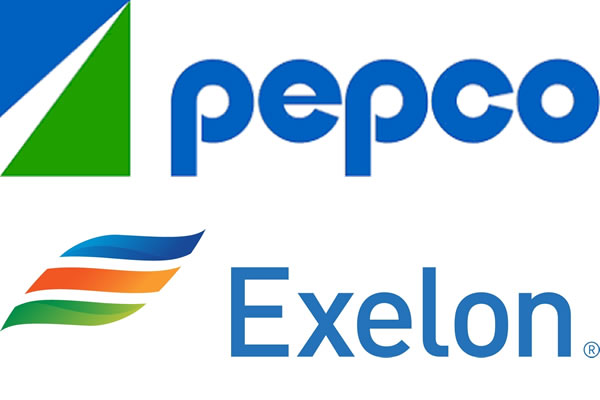Community solar, or Community Renewable Energy Facilities (CREF) was introduced to the District of Columbia in the Community Renewable Energy Credit Rate Clarification Amendment Act of 2016. Since this time, solar companies attempting to develop CREFs have had to contend with opaque processes and exorbitant interconnection fees. Earlier this month, Pepco DC unveiled its plan to improve its processes in facilitating solar energy development in the District.
Pepco announced that they plan on investing more money into advanced utility scale inverters to more efficiently manage distributed generation power sources. Currently, project developers are asked to bear the cost of upgrading transformers and other distribution upgrades as part of the interconnection fee charged by Pepco. They will then often pass these fees onto the end user, which can blow up the project economics. Importantly, Pepco has indicated that it is leaning to financing these new smart inverters through increased electric rates on ratepayers, thus socializing the cost of clean energy development. This will open doors to projects that have previously been underwater and accelerate solar deployment in DC. They are currently doing a study as to the rate impact of a 25%, 50%, and 75% of the CREF interconnection cost.
Related to this, Pepco aims to decrease interconnection timelines by allowing CREFs to benefit from Virtual Net Metering (VNEM). The difference between these two processes is that CREF is open to multiple subscribers, each of whom often are low usage. Typically a mediary like Arcadia Power, Neighborhood Sun, or Groundswell is used to recruit and manage the subscriber pool, who typically commit to 1 to 3 year terms. A VNEM array allocates the entire load to a single or couple large subscribers who will often agree to purchase energy for the lifetime of the array. As such, they can typically enjoy a lower rate for the energy.
Currently, property owners are only allowed to build solar arrays that are expected to deliver up to 100% of the expected electrical consumption of that property for non CREF systems (net energy metered systems). Pepco is now considering moving this level up by 20 percentage points annually, capping at 200%. However, any extra energy can only be sold at the generation rate as opposed to the full generation and distribution rate. Currently, generation rates vary from around 6 to 8 cents per kWh, while full rates are closer to 12 to 14¢/kWh.
Pepco has also committed formalizing their dispute resolution process to improve the transparency and timeliness of this process. Related to this, they will set deadlines for Authority to Install (ATI) and Authority to Operate (ATO) and track delays in real time.
Another component of the plan centers around a “Digital Solar Toolkit”, which is comprised of four main components directed at both system owners and contractors.
1. An automatic solar savings calculator that allows users to plug in their address and get instant estimates on how much they could save and helps compare proposals.
2. A “Hire Right” page that has best practice tips for hiring solar contractors
3. “Find My Contractor” database of registered solar contractors
4. An Interconnection Project Tracker
While the first three are somewhat self explanatory, let’s explore the features of the project tracker in greater detail. First off, interconnection refers to the two way flow of electricity between the solar array and the grid. Each time a new interconnection is established, Pepco needs to ensure that the grid has sufficient capacity to distribute all the energy to other users in the grid. Areas in which the grid lacks sufficient capacity to carry new electric generators (like solar array) are referred to as “congested”. Pepco already provides an interactive Hosting Capacity Map which provides up to date information on congestion zones. The Interconnection Project Tracker is intended to provider personalized real time status update to both the solar developer and the end user as to what phase of the interconnection process Pepco is in. This is expected to reduce interconnection timelines by allowing the contractor to edit their interconnection application as opposed to the current process which requires them to resubmit the application and start from square one.

